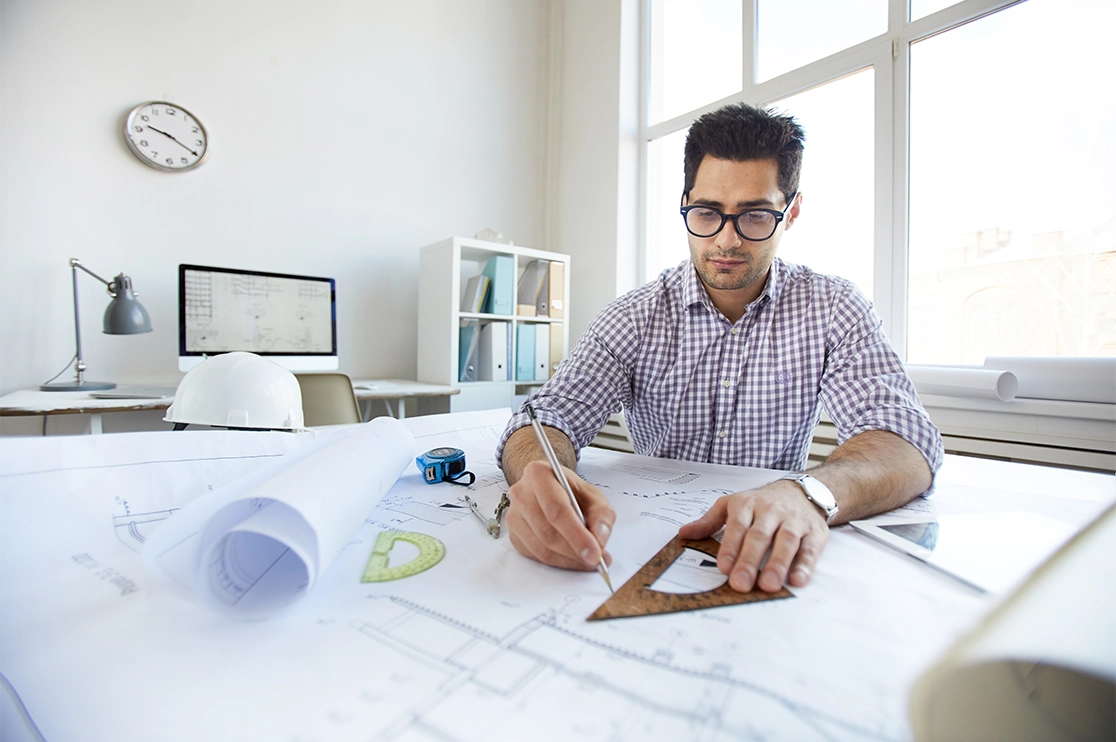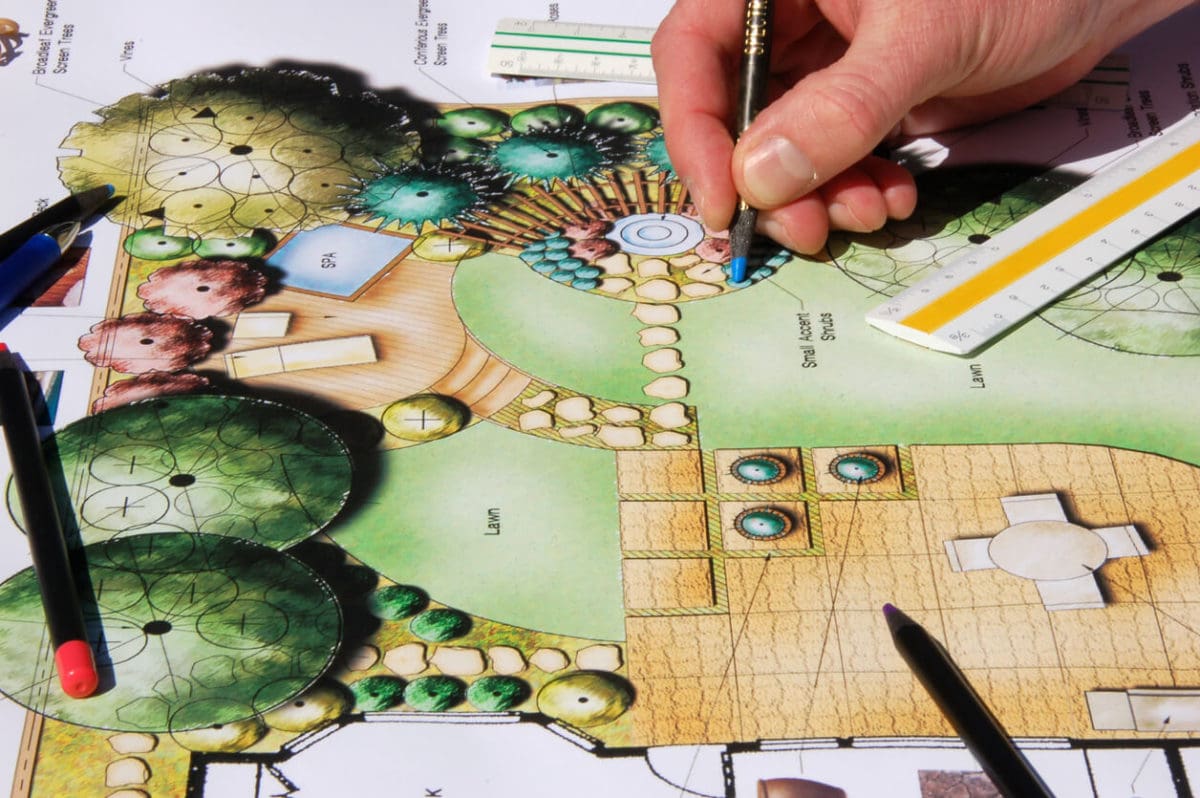Architect Collaboration Tips for Working with Consultants and Project Managers
Understanding the Diverse Job Paths Available for Aspiring Architect
As a hopeful Architect, you have a world of job paths waiting for you. Whether you're drawn to conventional style or the nuances of sustainable style, there's a niche that aligns with your rate of interests.
Typical Design: Designing Buildings and Frameworks
Traditional design concentrates on developing buildings and structures that mix functionality with visual allure. As you discover this area, you'll appreciate the detailed equilibrium in between form and purpose. You'll discover to draw inspiration from historical styles, integrating components like symmetry, materials, and craftsmanship. Your designs can show social heritage, showcasing neighborhood traditions while meeting modern needs.
You'll establish skills in drafting, model-making, and website evaluation, permitting you to visualize and communicate your ideas properly. Involving with customers, you'll require to recognize their vision and equate it into possible layouts.
Moreover, building codes and sustainability methods are necessary in your work, ensuring your structures are secure and eco friendly. As you expand in your profession, you'll find opportunities in domestic, commercial, and even restoration projects, each offering unique obstacles. Accepting standard design leads the way for a meeting job that admires the past while shaping the future.
Urban Preparation: Forming Areas and Public Spaces
As a hopeful Architect, you can play a vital duty as an urban planner, changing exactly how neighborhoods communicate and function. By using area involvement techniques, you'll assure that locals have a voice in forming their environment. And also, integrating sustainable layout principles will aid produce rooms that not just satisfy today's demands however additionally secure the future.
Role of Urban Planners
While many may believe of engineers as the single visionaries behind buildings, metropolitan organizers play a necessary duty in forming the broader landscape of communities and public spaces. By working together with different stakeholders, you'll help design parks, transport systems, and household locations that advertise social communication and availability. Your know-how in spatial style and community characteristics enables you to visualize future growth while maintaining cultural heritage.
Community Involvement Techniques
Reliable area interaction strategies are vital for urban coordinators to ensure that the voices of residents are heard and valued in the planning process. To cultivate meaningful discussion, you need to prioritize open forums and workshops where community members can express their ideas and problems. By actively paying attention and integrating feedback, you'll produce rooms that reflect the neighborhood's demands, inevitably leading to even more effective and lasting urban atmospheres.
Lasting Layout Concepts
When creating urban areas, including lasting style principles is important for creating settings that flourish both ecologically and socially. Consider integrating green rooms, like gardens and parks, to enhance biodiversity and improve air quality.
Designing with water preservation in mind is also vital-- consider rainfall gardens and absorptive surface areas to take care of stormwater. Involving community participants during the planning process guarantees that the spaces you produce meet their demands and urge social communication. By accepting these principles, you'll contribute to vivid, lasting city landscapes that benefit everyone.

Landscape Design: Creating Lasting Outdoor Atmospheres
As you explore landscape architecture, you'll uncover crucial layout concepts that develop lovely and practical outside spaces. Lasting methods play an important duty in making certain these atmospheres thrive while lessening environmental impact. And also, you'll discover a range of career chances that allow you to make an actual difference in exactly how people engage with nature.
Design Principles in Landscape
Recognizing layout concepts in landscape style is essential for producing sustainable exterior environments that harmonize with nature. You'll need to contemplate components like balance, range, and proportion to assure your designs feel natural and welcoming. Furthermore, pay interest to seasonal modifications, making with materials that complement the surroundings year-round.
Lasting Practices Review
Lasting practices in landscape style not just focus on visual appeals however likewise focus on ecological health and resource preservation. You can develop spaces that promote soil health and wellness, such as practicing and using natural products permaculture concepts. Eventually, these practices assure your styles benefit both people and the atmosphere for years to come.
Occupation Opportunities Expedition
With a solid structure in lasting methods, landscape design offers a variety of career paths that permit you to make a meaningful influence on the atmosphere. Urban planners commonly work together with landscape architects to produce green rooms in metropolitan setups, improving city livability. If you're enthusiastic about education and learning, consider becoming a landscape architecture teacher, inspiring future generations.
Sustainable Style: Concentrating On Eco-Friendly Practices
As you discover your occupation in design, accepting environmentally friendly methods can set you apart in an affordable field. Sustainable style concentrates on creating structures that reduce environmental influence while improving owner well-being. By integrating renewable products, energy-efficient systems, and sustainable building strategies, you'll add to a greener future.
Start by obtaining understanding of environment-friendly certifications like LEED or BREEAM, which can boost your qualifications. Consider exactly how all-natural light, air flow, and thermal efficiency can enhance layout. Team up with engineers and ecological consultants to innovate services that minimize waste and save resources.
Do not neglect the relevance of area participation-- engaging local stakeholders can motivate styles that integrate with the atmosphere. As clients significantly prioritize sustainability, your experience in eco-friendly methods will certainly not just bring in projects yet also accomplish your passion for responsible architecture. Welcome this critical facet of the career, and see your occupation prosper.
Historical Conservation: Securing and Bring Back Cultural Heritage
While you begin on your building journey, think about the vital function of historic preservation in maintaining our social heritage. This area concentrates on the protection and restoration of considerable buildings, sites, and frameworks that tell the click now stories of our past. By involving in historical conservation, you'll assist protect the architectural heritage that forms area identification.
As a historical conservation Architect, you'll evaluate historical relevance and evaluate the problem of frameworks. You'll work very closely with chroniclers and conservationists to ensure authentic restoration techniques are employed. This career course enables you to mix imagination with research, enabling you to make services that value original products and craftsmanship.
Your job not just adds to sustainability by recycling existing buildings yet also promotes a feeling of pride within neighborhoods. Embracing this course will certainly help you end up being a guardian of background, preserving the tales and looks that enrich our lives.
Interior Design: Enhancing Indoor Spaces
Historic preservation and indoor design both share a commitment to enhancing the constructed setting, yet they concentrate on various elements. While historical preservation highlights keeping a framework's social and historical worth, interior design absolutely nos in on maximizing indoor areas for capability and aesthetics.
As an ambitious Architect, you'll find that indoor style permits you to mix creative thinking with technological skills. You'll make areas that not only look good yet likewise advertise convenience and performance. This area involves understanding how light, color, and materials communicate within an area, impacting mood and use.
You'll work on numerous jobs, from property homes to industrial offices, making certain that each atmosphere fulfills the demands of its owners. By focusing on user experience, you can transform insides right into functional and motivating rooms, making a substantial effect on exactly how people engage with their surroundings. Accept the chance to improve indoor environments and form the means individuals work and live.
Industrial Design: Combining Performance With Looks
Commercial design plays an important role in developing items that perfectly mix visual appeals with functionality, making sure that what you utilize daily is not only visually appealing however also useful. As an aspiring Architect, you might involve yourself in this field, concentrating on making whatever from furnishings to consumer electronics. Your work includes understanding customer requirements, materials, and producing processes, enabling you to produce ingenious solutions that improve everyday experiences.
In commercial design, you'll commonly team up with engineers, suppliers, and marketing experts, guaranteeing that your designs are not only stunning however likewise possible. You'll learn to stabilize type and function, focusing on use without giving up style. By developing your skills in mapping out, 3D modeling, and prototyping, you'll be well-equipped to bring your ideas to life. This job course provides a dynamic atmosphere where creative thinking fulfills practicality, making it a gratifying option for engineers interested in forming the items of tomorrow.
Often Asked Questions
What Educational Accreditations Do I Need to Come To Be a Designer?
To become an engineer, you'll require an expert level in design, usually a Bachelor's or Master's. Additionally, you'll have to finish a teaching fellowship and pass the Architect Enrollment Evaluation to practice lawfully.
Exist Accreditation Needs for Different Building Occupation Paths?
Yes, there're certification requirements for various building courses. Architect. You'll need to pass tests, total teaching fellowships, and occasionally go after specialized training, depending upon your picked focus, like landscape style, urban style, or historic preservation
What Software Program Skills Are Crucial for Designers Today?

How Can I Gain Practical Experience While Studying Style?
You can acquire functional experience by interning at architectural companies, getting involved in style competitors, volunteering for community projects, or teaming up with classmates on real-world tasks. These possibilities improve your abilities and construct useful connections in the market.
What Work Opportunities Exist Outside Standard Style Firms?
You can discover numerous task chances outside traditional architecture firms, like urban preparation, indoor design, landscape architecture, construction management, property advancement, and even roles in sustainability consulting. Each offers one-of-a-kind difficulties and rewards.
Whether you're drawn to standard style or the nuances of sustainable style, there's a specific niche that straightens with your rate of interests.When making urban spaces, integrating lasting style concepts is vital for creating atmospheres that prosper both environmentally and socially.As you Website explore landscape design, you'll find important layout concepts that develop gorgeous and practical outdoor spaces.Comprehending style principles in landscape design is necessary for creating sustainable outside atmospheres that balance with nature.In commercial style, my blog you'll commonly team up with designers, makers, and marketers, ensuring that your layouts are not just beautiful but additionally possible.